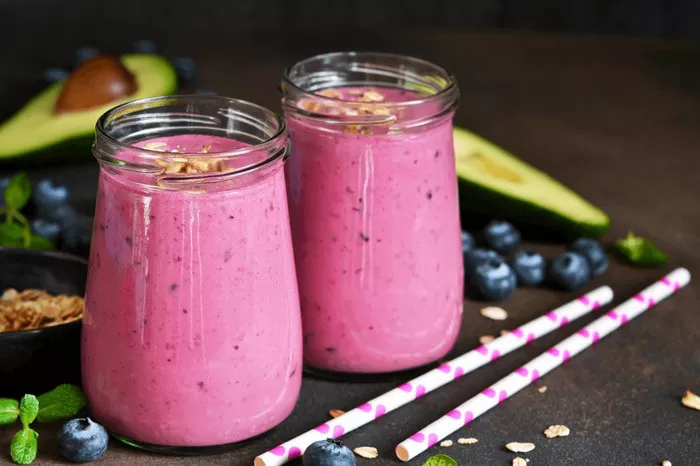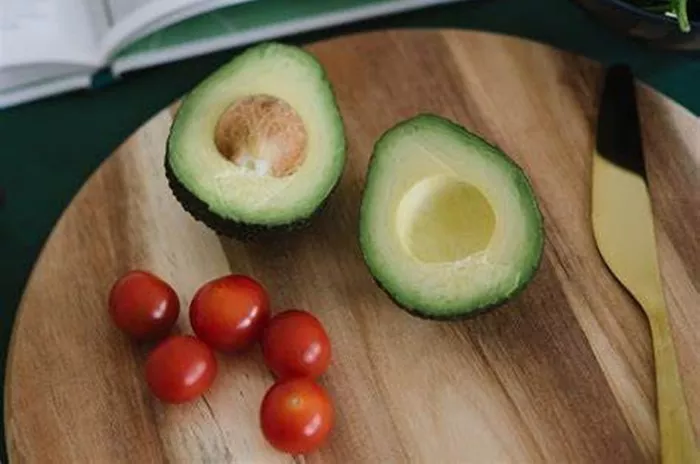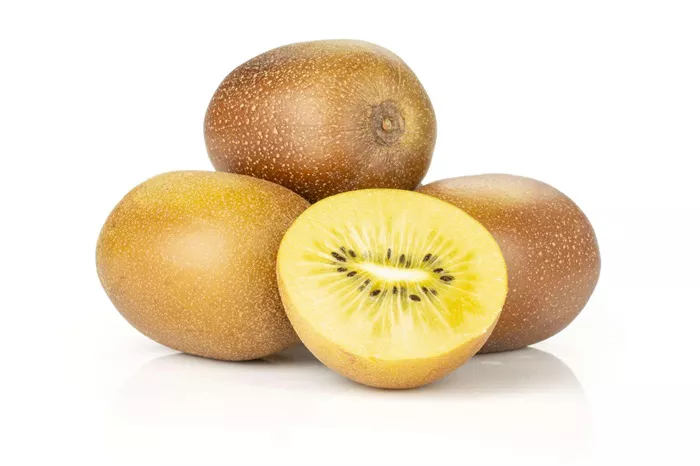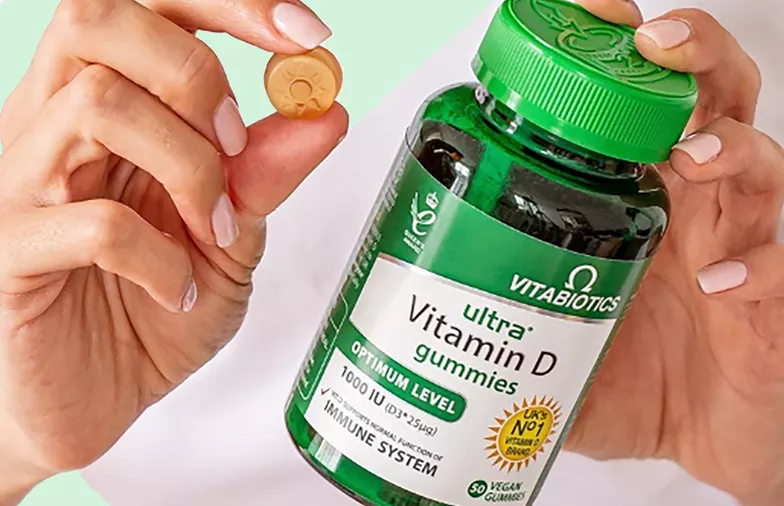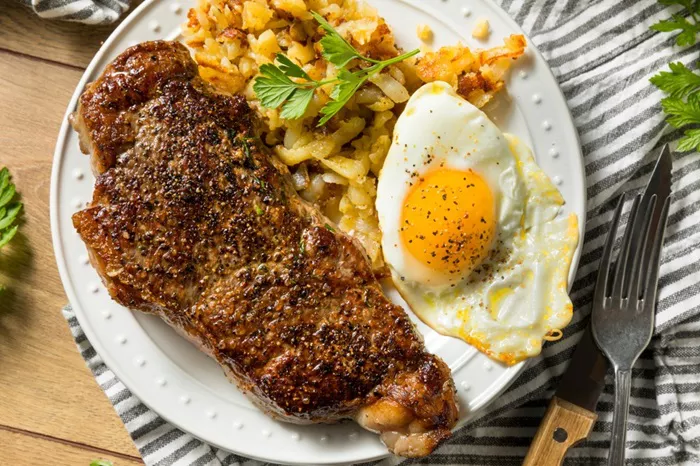Protein smoothies have become a popular choice for health-conscious individuals looking to boost their protein intake and support their fitness goals. While protein powder is a convenient option for adding protein to smoothies, it’s not the only option available. In this comprehensive guide, we’ll explore a variety of alternatives to protein powder that can enhance the nutritional value and flavor of your smoothies. From whole foods to plant-based protein sources, there are plenty of options to suit every palate and dietary preference.
Protein Smoothies
Protein smoothies offer a convenient and delicious way to increase your protein intake, whether you’re an athlete looking to support muscle recovery or simply aiming to maintain a balanced diet. While protein powder is a popular choice for adding protein to smoothies, it’s not the only option available. By incorporating whole foods and alternative protein sources, you can create smoothies that are not only nutritious but also flavorful and satisfying.
Why Look for Alternatives to Protein Powder?
While protein powder can be a convenient option for adding protein to smoothies, some individuals may prefer to avoid it due to personal preferences or dietary restrictions. Common reasons for seeking alternatives to protein powder include:
Food Sensitivities: Some people may be sensitive to ingredients commonly found in protein powders, such as dairy, soy, or artificial sweeteners.
Preference for Whole Foods: Whole foods provide a variety of nutrients in addition to protein, including vitamins, minerals, and fiber. Using whole food alternatives allows you to create smoothies that are more nutrient-dense and satisfying.
Cost Considerations: Protein powder can be expensive, especially high-quality varieties. Using whole foods as protein sources can be a more budget-friendly option.
Environmental and Sustainability Concerns: Many protein powders are heavily processed and may contain additives or fillers. Using whole food alternatives can be a more environmentally friendly choice.
Whole Food Alternatives to Protein Powder
1. Greek Yogurt or Cottage Cheese: Greek yogurt and cottage cheese are excellent sources of protein and add creaminess to smoothies. Opt for plain, unsweetened varieties to avoid added sugars.
2. Silken Tofu: Silken tofu is a versatile ingredient that blends well into smoothies, adding creaminess and protein. It’s also a good source of calcium and other nutrients.
3. Nut Butters: Peanut butter, almond butter, or cashew butter are rich in protein and healthy fats, making them excellent additions to smoothies. Choose natural nut butters without added sugars or oils.
4. Milk or Plant-Based Milk: Cow’s milk, almond milk, soy milk, and other plant-based milk alternatives are all rich in protein and can serve as the base for your smoothie. Opt for unsweetened varieties to keep added sugars to a minimum.
5. Eggs or Egg Whites: Adding raw eggs or pasteurized egg whites to smoothies is an easy way to boost protein content. Be sure to use pasteurized eggs to reduce the risk of foodborne illness.
6. Quinoa or Oats: Cooked quinoa or rolled oats can add protein and fiber to your smoothie while also providing a creamy texture. Be sure to blend well to avoid a gritty texture.
7. Cottage Cheese: Cottage cheese is not only high in protein but also adds a creamy texture to smoothies. It pairs well with fruits like berries or peaches.
8. Seeds: Chia seeds, hemp seeds, flaxseeds, and pumpkin seeds are all rich in protein and healthy fats. They can be added directly to smoothies for an extra nutritional boost.
Plant-Based Protein Sources
Legumes: Cooked beans, such as black beans, chickpeas, or lentils, are excellent sources of plant-based protein and can be blended into smoothies for added nutrition. Be sure to cook them thoroughly and rinse them well before adding to your smoothie.
Pea Protein: Pea protein powder is a popular plant-based alternative to whey protein powder. It’s made from yellow peas and is rich in essential amino acids.
Soy Products: Tofu, tempeh, and edamame are all made from soybeans and are excellent sources of plant-based protein. They can be blended into smoothies or added as a topping for extra protein.
Hemp Protein: Hemp protein powder is made from ground hemp seeds and is rich in protein, fiber, and essential fatty acids. It has a slightly nutty flavor and can be added to smoothies for an extra nutritional boost.
Rice Protein: Rice protein powder is made from brown rice and is a hypoallergenic alternative to whey protein powder. It’s easily digestible and can be blended into smoothies for added protein.
Algae: Spirulina and chlorella are types of algae that are rich in protein and other nutrients. They can be added to smoothies in powder form for an extra nutritional boost.
Tips for Making Protein-Packed Smoothies
Balance Macros: Aim to include a balance of protein, carbohydrates, and healthy fats in your smoothie for sustained energy and satiety.
Add Greens: Incorporating leafy greens like spinach or kale into your smoothie not only adds nutrients but also helps balance the flavors.
Use Frozen Fruits: Frozen fruits add creaminess and sweetness to smoothies without the need for added sugars. Plus, they help keep your smoothie cold without diluting it with ice.
Experiment with Flavors: Don’t be afraid to get creative with your smoothie ingredients. Experiment with different combinations of fruits, vegetables, and protein sources to find your favorite flavor profiles.
Consider Texture: If you prefer a thicker smoothie, add ingredients like avocado, banana, or oats. For a thinner consistency, use more liquid ingredients like milk or juice.
Conclusion
While protein powder is a popular choice for adding protein to smoothies, there are plenty of alternatives available for those who prefer whole foods or plant-based sources of protein. By incorporating ingredients like Greek yogurt, nut butter, tofu, or legumes into your smoothies, you can create delicious and nutritious beverages that support your health and fitness goals. Experiment with different combinations of ingredients to find your favorite flavors and textures, and enjoy the benefits of protein-packed smoothies as part of your daily routine.
[inline_related_posts title=”You Might Be Interested In” title_align=”left” style=”list” number=”6″ align=”none” ids=”9429,9344,9265″ by=”categories” orderby=”rand” order=”DESC” hide_thumb=”no” thumb_right=”no” views=”no” date=”yes” grid_columns=”2″ post_type=”” tax=””]

